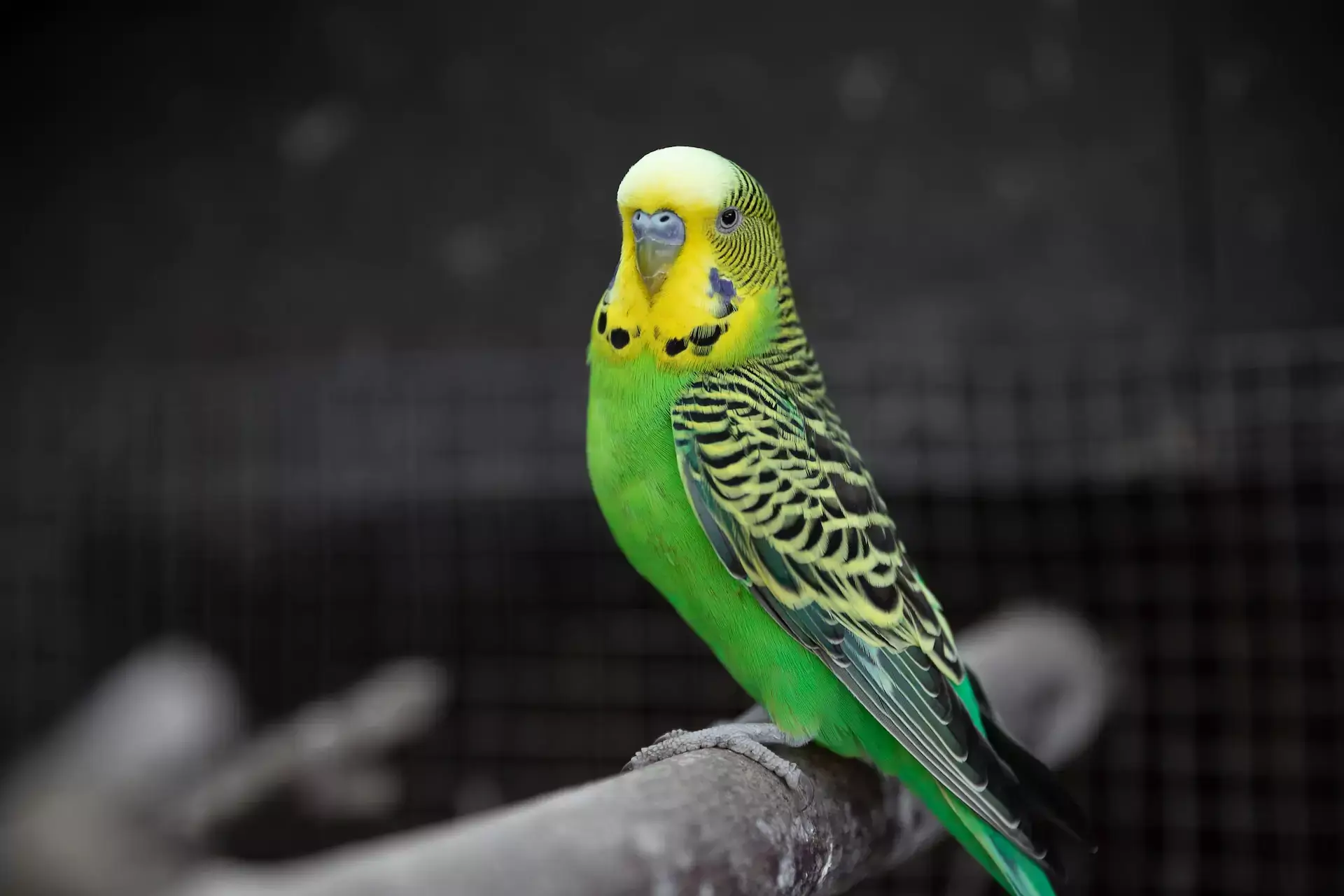Setting Up A Bird Cage
Have you decided to own a bird? If so, you’re in for a lot of adorable moments with your new feathery companion. Birds are tiny, yet they pack a lot of personality and opinions into their small bodies. Polly has very specialized demands that are significantly distinct from those of dogs and cats. One of the most crucial things is to ensure that your colorful little buddy always feels at ease in her cage. A local Galena, MD vet provides some insight here.
Choosing The Right Bird Cage
Nowadays, birdcages are available in a wide range of designs and sizes. They are definitely not one-size-fits-all. You’ll need to choose the appropriate size and style for your flying friend. Knowing what features you should and should not look for will help you narrow down your options when it comes to cages for your winged friend.
Here are a few pointers:
Research Polly’s Space Requirements
A successful birdcage arrangement begins with choosing the appropriate birdcage. Shape and size requirements will be determined by the sort of bird you are planning to adopt. Parrots, for example, require a lot of space to climb and play, so tall, tower-like cages work best. A finch, on the other hand, will not require that much height; these birds fly side to side, rather than vertically, and so require more horizontal space. This is definitely something you should look into before you go shopping.
Here are some of the minimum cage size requirements for a few popular birds:
- African Grey: 34″ x 24″ x 36″ H
- Budgerigar: 18″ W × 18″ D x 24″ H
- Cockatiel: 20″ W x 20″ D x 24″H
- Lovebirds measures 24″ W x 24″ D x 24″ H
Remember that if your winged friend is still a baby, you’ll need to acquire something that will be comfy and large enough for them when they grow up. Also, these sizes, with the exception of the lovebird, are for a single bird; if you have several, you’ll need a larger environment.
Get A Safe Material
One would expect that birdcages would only be manufactured of safe materials for your feathered friend, but sadly, this is not the case. Avoid cages constructed of galvanized wire because they are frequently coated in zinc, which is poisonous to birds. Painted cages are also not recommended because your pet may chew on them and could consume paint chips. Powder-coated stainless steel is an excellent choice.
Consider Bar Spacing
Another key consideration is to ensure that your cage has sufficient space between bars. You do not want your colorful little pet’s head or wings to be caught! The minimum size will vary based on the type of bird you receive. If you’re not sure, ask your veterinarian for particular guidance.
Select the Right Style
There are several different types of bird cages available. The great majority of them are classified into a few categories.
- Classic: A standard cage, usually square.
- Dome-Top: Provide more height at the top.
- Playtop: Includes detachable high levels that allow you to move your flying companion around.
Ask your Galena, MD vet for tips on choosing the right cage.
Splurge A Little
Birdcage costs can vary greatly. However, whether you’re buying a small, normal cage for a parakeet or a large one for a MaCaw, you’ll want to consider the bells and whistles. Slide-out litter trays, feeder doors, removable tops, and other amenities may appear to be needless luxuries to a first-time bird owner, but they may greatly simplify your life. Remember that the cage is a one-time expense. Go ahead and splurge!
Measure The Space
You may have heard the old handyman adage about measuring twice and cutting once. That sort of applies in this case. Before you start buying, consider where you want to put the cage. You’ll know just how much space you have to work with.
Don’t Purchase A Used Cage
Buying anything used can sometimes save you a significant amount of money. This is one situation in which the danger is simply not worth taking. A used birdcage may have previously housed a sick bird and could still be contaminated. It may also be more difficult for you to find out about the material of the cage, which is equally vital.
Where Do You Place the Birdcage?
It is also important to pick the right location. Birds frequently feel most secure in corners since they know nothing can sneak up on them from those blocked-off directions. Polly’s cage might be best placed in the corner of a family room, den, or living room.
Avoid placing the cage in direct sunlight or too close to vents or speakers.
Pay Attention To Air Quality
Birds have exceptionally sensitive lungs. Polly needs to be in a spot where the air is very clean and pure. Even cooking fumes, which are harmless or even pleasant to us, can be lethal to your winged companion. Keep Polly away from the kitchen. Many modern appliances emit harmful fumes that can harm birds. The list contains not just pots and pans, but also things like turkey bags and panini presses.
Decorating The Cage
Once you’ve decided on the cage and location, it’s time to add some extras. Polly will undoubtedly want bowls for her food and water. She’ll also need some toys and perches.
Bowls
Polly will need bowls for her food and drink, of course. Stainless steel is a good option. Get more than one set, so you can have one set in the cage while the other is out being washed.
Playthings
Toys are essential for a pet’s enjoyment and well-being. In fact, you may be astonished at how much difference they can make! You’ll be able to find a variety of excellent toys in retailers. You also have an option to make your own. Keep in mind that birds all have their own preferences here. Offer a variety! Ask your vet for more information.
Perches
Perches are also important. Birds utilize them for sleeping, socializing, eating, playing, and just hanging around. Ideally, you’ll need a variety of perches in varying sizes and strengths. This will mimic trees, which do not all have uniform branches. However, it is critical to select the proper size. Your vet can give you particular measurements, but as a rule of thumb, your pet’s feet should cover approximately ¾ of the circumference.
Sandpaper perches should be avoided since they might be abrasive. Cement perches may also be too harsh for some birds, though they may be acceptable for some larger ones. As always, consult your Galena, MD veterinarian.
Toys and perches need to be cleaned and disinfected on a regular basis. Changing them out on a regular basis is also vital because it keeps things interesting and new for your feathered companion.
There are a few other considerations to make when setting up. For example, don’t place perches directly over Polly’s food and water dishes; she’ll contaminate her food with droppings. Also, don’t go overboard; you don’t want your pet’s cage to be so packed that she can’t fly!
Make An Appointment With Your Galena, Md Pet Clinic
Have any questions regarding caring for a pet bird? Did you recently adopt a feathery friend? Please do not hesitate to contact us at anytime. We are your neighborhood Galena, MD pet hospital and are here to help!




